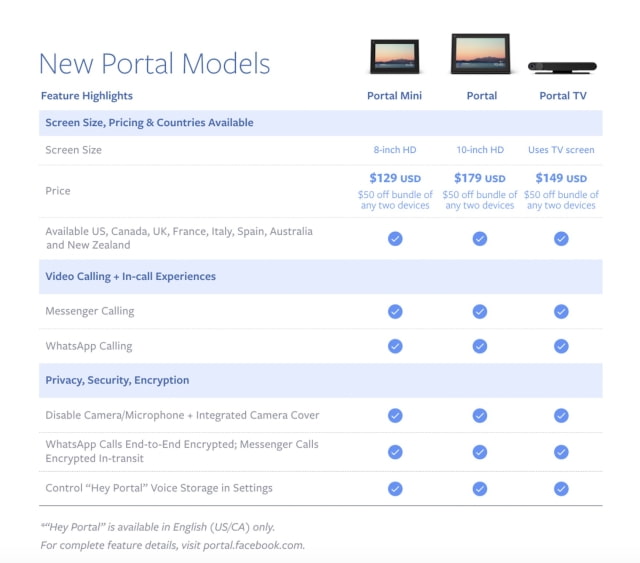iFixit has teardown of the new iPhone 11 Pro Max.
The next generation iPhone features an A13 Bionic processor, 6.5-inch 458 PPI OLED display, triple 12MP rear cameras, 12MP selfie camera, Gigabit LTE, Wi-Fi 6, Bluetooth 5, NFC, and an IP68 rating.
Here are some highlights
● Monstrous L-shaped battery—with two battery connector
s (bi-lateral charging?)
● Front-facing camera cables no longer trapped under the battery
● Cameras are nestled together, each with their own independent cable.
● The iPhone 11 Pro Max board is identical in construction to the one in the iPhone 11 Pro
● Heat is pulled from the logic board through several layers of graphite and dissipated into the rear case.
● The battery is 3969 mAh at 3.79 V, for total of 15.04 Wh.
● Mystery board below the battery that serves in part as an interconnect for the battery, wireless charging coil, and Taptic Engine.
● AD5844CDA0 chip inside camera modules, possibly an image stabilizer.
● There are three pads connected via a flex cable to a complex antenna bus, possibly related to UWB
![iFixit Posts Teardown of the New iPhone 11 Pro Max [Images]](https://www.iclarified.com/images/news/72555/354702/354702-640.jpg)
Repairability Score: 6 out of 10
● Critical display and battery repairs remain a priority in the iPhone's design.
● The battery procedure has been simplified and many components are accessible independently.
● Liberal use of screws is preferable to glue—but you'll have to bring your Apple-specific drivers (pentalobe, tri-point, and standoff) in addition to a standard Phillips.
● Waterproofing measures complicate some repairs, but make difficult water damage repairs less likely.
● The glass on front and back doubles the likelihood of drop damage—and if the back glass breaks, you'll be removing every component and replacing the entire chassis.
Check out the full teardown at the link below!
Read More
![iFixit Posts Teardown of the New iPhone 11 Pro Max [Images]](https://www.iclarified.com/images/news/72555/354705/354705-640.jpg)
![iFixit Posts Teardown of the New iPhone 11 Pro Max [Images]](https://www.iclarified.com/images/news/72555/354708/354708-640.jpg)
![iFixit Posts Teardown of the New iPhone 11 Pro Max [Images]](https://www.iclarified.com/images/news/72555/354711/354711-640.jpg)
The next generation iPhone features an A13 Bionic processor, 6.5-inch 458 PPI OLED display, triple 12MP rear cameras, 12MP selfie camera, Gigabit LTE, Wi-Fi 6, Bluetooth 5, NFC, and an IP68 rating.
Here are some highlights
● Monstrous L-shaped battery—with two battery connector
s (bi-lateral charging?)
● Front-facing camera cables no longer trapped under the battery
● Cameras are nestled together, each with their own independent cable.
● The iPhone 11 Pro Max board is identical in construction to the one in the iPhone 11 Pro
● Heat is pulled from the logic board through several layers of graphite and dissipated into the rear case.
● The battery is 3969 mAh at 3.79 V, for total of 15.04 Wh.
● Mystery board below the battery that serves in part as an interconnect for the battery, wireless charging coil, and Taptic Engine.
● AD5844CDA0 chip inside camera modules, possibly an image stabilizer.
● There are three pads connected via a flex cable to a complex antenna bus, possibly related to UWB
![iFixit Posts Teardown of the New iPhone 11 Pro Max [Images]](https://www.iclarified.com/images/news/72555/354702/354702-640.jpg)
Repairability Score: 6 out of 10
● Critical display and battery repairs remain a priority in the iPhone's design.
● The battery procedure has been simplified and many components are accessible independently.
● Liberal use of screws is preferable to glue—but you'll have to bring your Apple-specific drivers (pentalobe, tri-point, and standoff) in addition to a standard Phillips.
● Waterproofing measures complicate some repairs, but make difficult water damage repairs less likely.
● The glass on front and back doubles the likelihood of drop damage—and if the back glass breaks, you'll be removing every component and replacing the entire chassis.
Check out the full teardown at the link below!
Read More
![iFixit Posts Teardown of the New iPhone 11 Pro Max [Images]](https://www.iclarified.com/images/news/72555/354705/354705-640.jpg)
![iFixit Posts Teardown of the New iPhone 11 Pro Max [Images]](https://www.iclarified.com/images/news/72555/354708/354708-640.jpg)
![iFixit Posts Teardown of the New iPhone 11 Pro Max [Images]](https://www.iclarified.com/images/news/72555/354711/354711-640.jpg)







